We include products we think are useful for our readers. If you buy through links on this page, we may earn a small commission. Here’s our process.
Want to finally get some dang Zzz’s, but you’re just not tired? One of the most frustrating sleep problems is having to get rest, but not feeling sleepy at all.
When you need to sleep ASAP but don’t feel drowsy, you may spend countless hours wide awake in bed. If counting sheep isn’t cutting it, here are a few ways to make yourself tired.
All your friends on social media who brag about essential oils may be onto something. Certain EOs have been associated with increased relaxation and better sleep quality.
Dab some lavender or damask rose oil on your wrists or pillow (after a patch test, of course, if you’ve never used it before), or add a few drops in a diffuser. It may just do the trick. But first, make sure you get the good stuff.
Want to wear yourself out so you feel tired? Exercising has been known to help us sleep better — just don’t do it too close to bedtime. If a sweat-fest doesn’t make you tired (it wires some people), try this muscle relaxation method.
Lie down and let your entire body feel heavy. Then practice tensing and releasing muscle groups from head to toe. Squeeze gently for about 5 seconds and then release each group (face, neck, shoulders, arms, etc.), one at a time.
A little namaste could help you get nocturnal. Yoga and meditation have both been shown to improve sleep, so moving around a little and making time to meditate could be a natural way to get those desperately needed Zzz’s.
Here’s a pill-free way to make yourself sleepy: Just turn down the heat, or turn up the air conditioner. Research has found keeping your room around 65°F (18°C) may help you fall asleep.
A warm shower or bath can also speed up your body’s natural tendency to get cooler at nighttime.
Think about it: Do you ever sleep well when you’re too cold or too hot? Heck no! If you’re wide awake and want to be in a REM cycle instead, try optimizing the temperature a bit.
A little breathwork may be just what you need to head off to dreamland. Using the “4-7-8” method can induce relaxation, and it’s easy to try.
Some science says to turn all electronics off, but using an app on your phone like Calm or Unplug may help you relax enough to fall asleep.
Again, it may seem counterintuitive to glance at your phone when you’re trying to doze off. But when you consider that 1 in 3 adults don’t get enough sleep regularly — and you may be one of them — you might want to keep your phone nearby.
CBD (aka cannabidiol) still has a ways to go when it comes to definitive sleep research, but this active ingredient in the cannabis plant may help you get some shut-eye.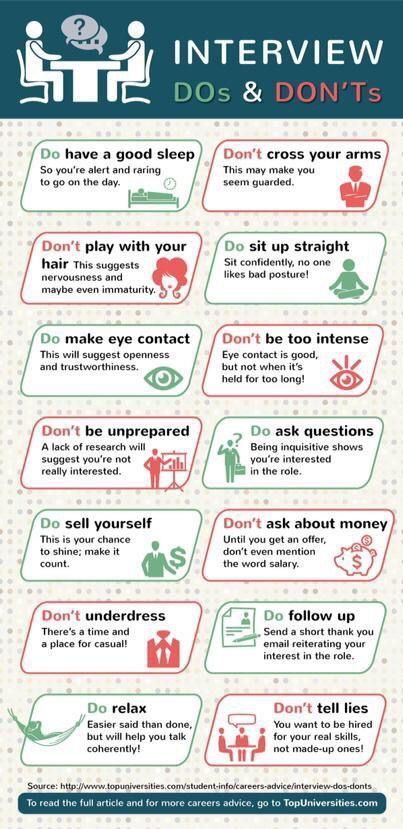
A small 2019 study found participants who took CBD improved their overall sleep scores by about 66 percent in the first month, but the result wasn’t consistent over time.
You can try over-the-counter (OTC) CBD oils, recipes, or check out our top CBD gummies for sleep.
Beyond your traditional “sleeping pill,” supplements like magnesium may help. Magnesium can fire up neurotransmitters that make you feel relaxed and tired. Taking 200 to 400 milligrams per day with food could help you zonk out.
Try drinking a cup of tea to get sleepy. Chamomile, lemon balm, passionflower, lavender, valerian root, and magnolia bark have all been tied to getting a better night’s sleep. As the latter varieties may not be as widely available, the OG sleepy-tea chamomile may be your best bet.
It’s hard to tell what sleep position you’re in if you toss and turn all night. People used to say that back sleepers had it best, but one study found that sleeping on your side was linked to better sleep.
When in doubt, change things up to get more comfy.
The writers of Go the F*ck to Sleep were really onto something. That page-turner starting to make you dose off? Reading could help you sleep (at least it’s been shown to in children)!
Just make sure you ditch the tablet and use a paper book or magazine. That’s because electronic devices emit blue light that can zap your much-needed melatonin levels (the hormone that helps you sleep).
Need something to read? Check out Greatist Reads, the official Greatist book club.
Products containing melatonin have flooded the market because it’s a natural way to get some Zzz’s.
Taking 0.5 to 5 milligrams 2 hours before your desired bedtime could improve the quality of your sleep and morning alertness.
5 HTP is an amino acid your body produces naturally that can increase your serotonin levels, which has been associated with sleep regulation. As a supplement it also can convert serotonin into the sleep-linked hormone melatonin.
Taking 300 to 500 milligrams per day has been an effective treatment for insomnia.
Gamma-aminobutyric acid (code name GABA) is a compound made in your noggin that may help your central nervous system calm the eff down.
As a supplement, a dose between 250 to 500 milligrams (don’t go over 1,000!) is recommended.
This amino acid is known for its sedative-like properties, which can sound like a dream come true if you want to sleep. Also known as L-theanine, it can raise levels of GABA, serotonin, and dopamine — all neurotransmitters tied to sleep.
According to one report, taking 200 milligrams per day aids in relaxation. A 2019 study also found that theanine and GABA together worked well on sleep quality and duration.
A note on sleep supplements
Before heading into dreamland via a sleep supplement like melatonin, 5 HTP, GABA, or L-theanine take note: Supplements aren’t proven to be 100 percent effective for sleep.
The optimal dosage is questionable (and varies per person). Plus, the best form to take that supplement like a chewable, dissolvable, pill, powder, etc., comes into play.
Plus, the best form to take that supplement like a chewable, dissolvable, pill, powder, etc., comes into play.
We also just don’t know if supplements (herbal or otherwise) can really cross the blood-brain-barrier and help us get to sleep freaky fast.
Whether you like sleeping in the buff, or you like to have a pre-sleep romp, both could help you conk out.
The feel-good cuddle hormones oxytocin and dopamine release after a sex sesh are known to help relaxation (aka why guys always pass out after sex). Sleeping nude can also help reduce your body temperature, which leads to better Zzz’s.
Got cold feet? If your feet feel like blocks of ice under the covers, it may be a good idea to put socks on. Cold feet cause less blood to circulate in your body, so keeping them toasty may signal to your brain that it’s time to shut down.
For optimum sleep, these techniques can’t work without getting enough sleep. You still need a good sleep foundation.
Sleep deprivation can make you feel terrible.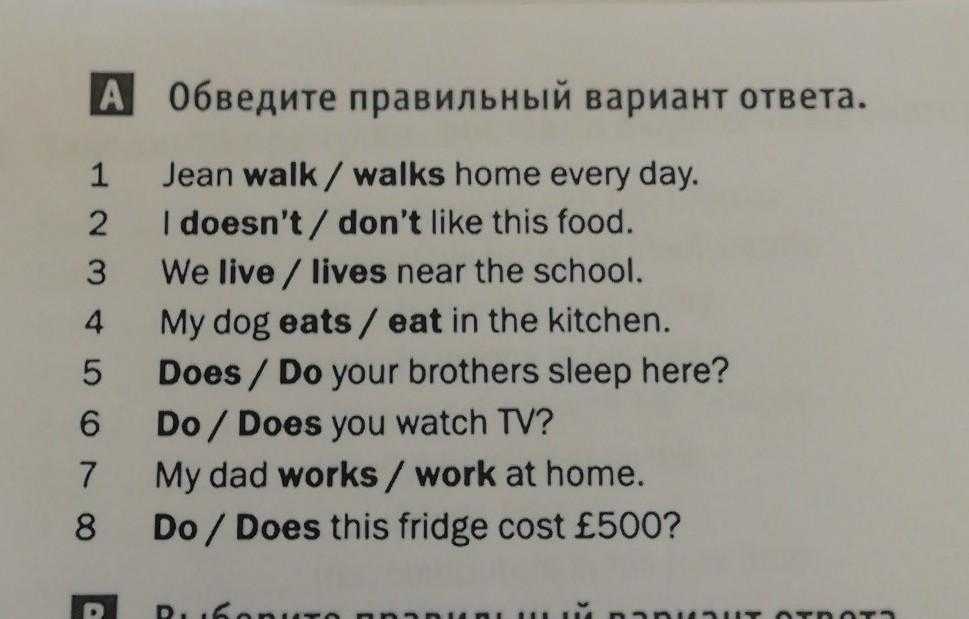 Have a hard time feeling drowsy on the regular or not getting any sleep? If that’s the case, something more serious may be behind your sleep probs.
Have a hard time feeling drowsy on the regular or not getting any sleep? If that’s the case, something more serious may be behind your sleep probs.
Some health conditions and scenarios that make it hard to feel tired include:
If you have a hard time getting to bed regularly, it may be time to see to your doc. A healthcare provider can really help you get to the root of the problem. And, help you figure out a long-term treatment plan for a good sleep foundation with CBT (cognitive behavioral therapy).
We include products we think are useful for our readers. If you buy through links on this page, we may earn a small commission. Here’s our process.
Want to finally get some dang Zzz’s, but you’re just not tired? One of the most frustrating sleep problems is having to get rest, but not feeling sleepy at all.
When you need to sleep ASAP but don’t feel drowsy, you may spend countless hours wide awake in bed. If counting sheep isn’t cutting it, here are a few ways to make yourself tired.
If counting sheep isn’t cutting it, here are a few ways to make yourself tired.
All your friends on social media who brag about essential oils may be onto something. Certain EOs have been associated with increased relaxation and better sleep quality.
Dab some lavender or damask rose oil on your wrists or pillow (after a patch test, of course, if you’ve never used it before), or add a few drops in a diffuser. It may just do the trick. But first, make sure you get the good stuff.
Want to wear yourself out so you feel tired? Exercising has been known to help us sleep better — just don’t do it too close to bedtime. If a sweat-fest doesn’t make you tired (it wires some people), try this muscle relaxation method.
Lie down and let your entire body feel heavy. Then practice tensing and releasing muscle groups from head to toe. Squeeze gently for about 5 seconds and then release each group (face, neck, shoulders, arms, etc.), one at a time.
A little namaste could help you get nocturnal.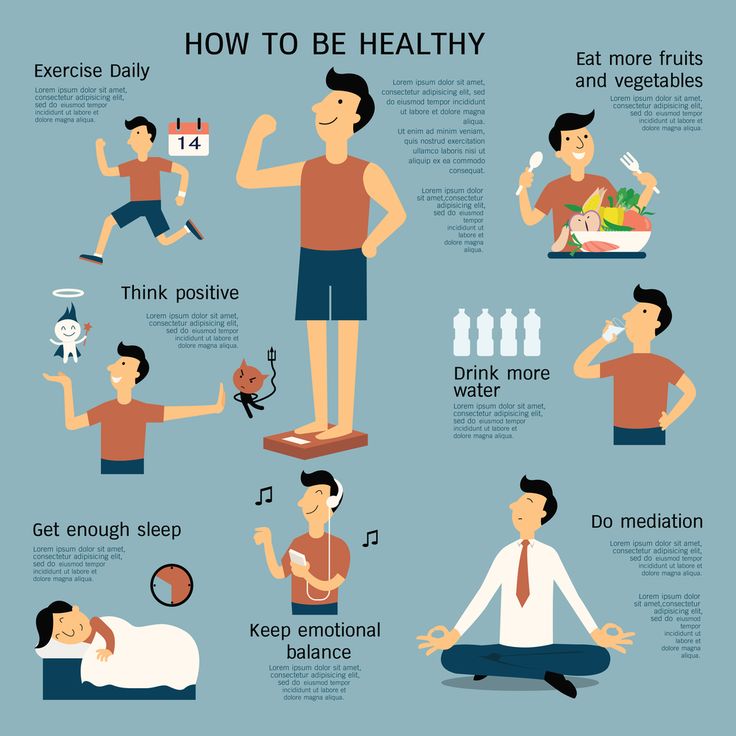 Yoga and meditation have both been shown to improve sleep, so moving around a little and making time to meditate could be a natural way to get those desperately needed Zzz’s.
Yoga and meditation have both been shown to improve sleep, so moving around a little and making time to meditate could be a natural way to get those desperately needed Zzz’s.
Here’s a pill-free way to make yourself sleepy: Just turn down the heat, or turn up the air conditioner. Research has found keeping your room around 65°F (18°C) may help you fall asleep.
A warm shower or bath can also speed up your body’s natural tendency to get cooler at nighttime.
Think about it: Do you ever sleep well when you’re too cold or too hot? Heck no! If you’re wide awake and want to be in a REM cycle instead, try optimizing the temperature a bit.
A little breathwork may be just what you need to head off to dreamland. Using the “4-7-8” method can induce relaxation, and it’s easy to try.
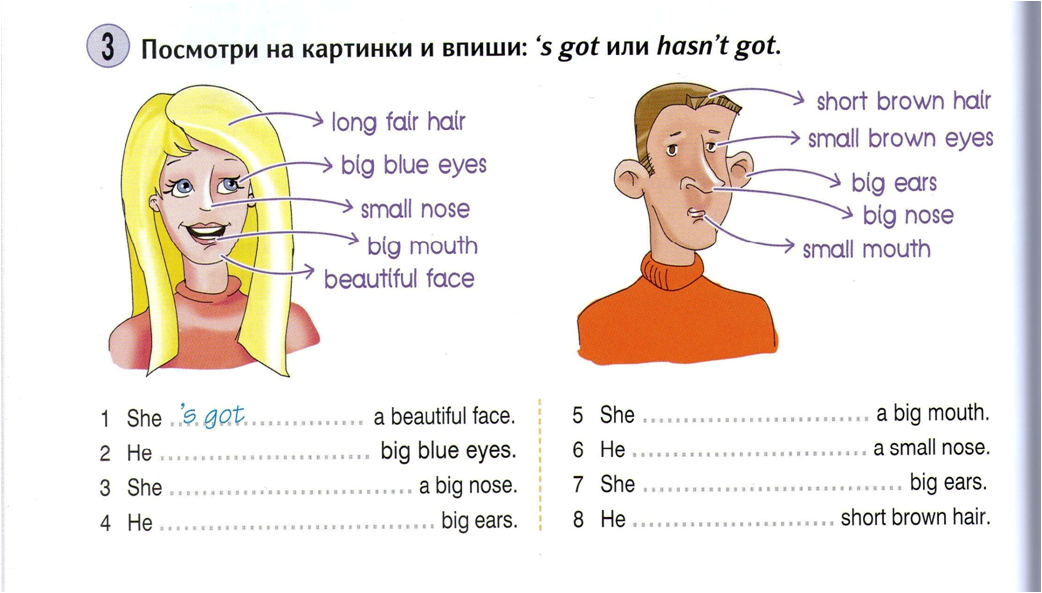
Some science says to turn all electronics off, but using an app on your phone like Calm or Unplug may help you relax enough to fall asleep.
Again, it may seem counterintuitive to glance at your phone when you’re trying to doze off. But when you consider that 1 in 3 adults don’t get enough sleep regularly — and you may be one of them — you might want to keep your phone nearby.
CBD (aka cannabidiol) still has a ways to go when it comes to definitive sleep research, but this active ingredient in the cannabis plant may help you get some shut-eye.
A small 2019 study found participants who took CBD improved their overall sleep scores by about 66 percent in the first month, but the result wasn’t consistent over time.
You can try over-the-counter (OTC) CBD oils, recipes, or check out our top CBD gummies for sleep.
Beyond your traditional “sleeping pill,” supplements like magnesium may help. Magnesium can fire up neurotransmitters that make you feel relaxed and tired.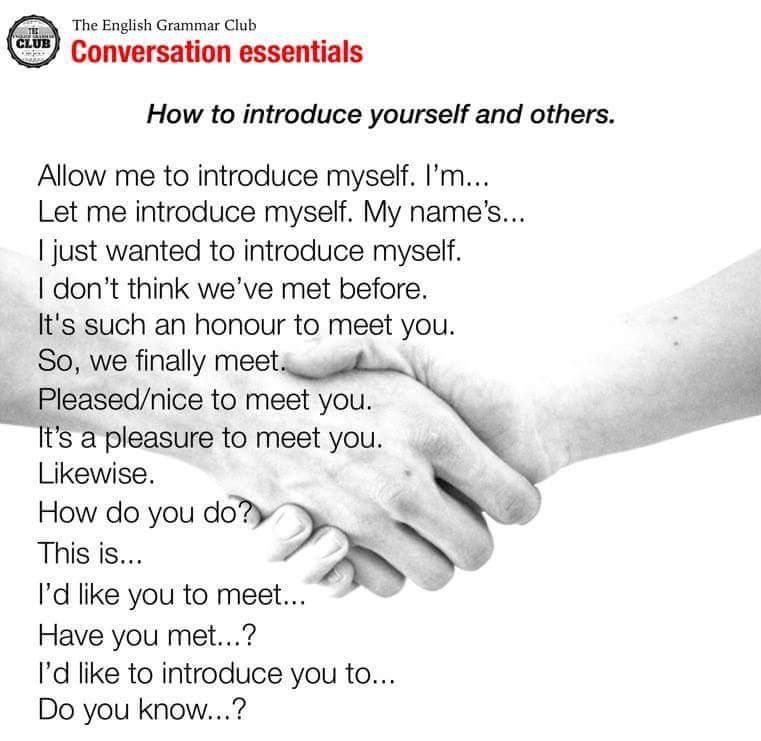 Taking 200 to 400 milligrams per day with food could help you zonk out.
Taking 200 to 400 milligrams per day with food could help you zonk out.
Try drinking a cup of tea to get sleepy. Chamomile, lemon balm, passionflower, lavender, valerian root, and magnolia bark have all been tied to getting a better night’s sleep. As the latter varieties may not be as widely available, the OG sleepy-tea chamomile may be your best bet.
It’s hard to tell what sleep position you’re in if you toss and turn all night. People used to say that back sleepers had it best, but one study found that sleeping on your side was linked to better sleep.
When in doubt, change things up to get more comfy.
The writers of Go the F*ck to Sleep were really onto something. That page-turner starting to make you dose off? Reading could help you sleep (at least it’s been shown to in children)!
Just make sure you ditch the tablet and use a paper book or magazine. That’s because electronic devices emit blue light that can zap your much-needed melatonin levels (the hormone that helps you sleep).
Need something to read? Check out Greatist Reads, the official Greatist book club.
Products containing melatonin have flooded the market because it’s a natural way to get some Zzz’s.
Taking 0.5 to 5 milligrams 2 hours before your desired bedtime could improve the quality of your sleep and morning alertness.
5 HTP is an amino acid your body produces naturally that can increase your serotonin levels, which has been associated with sleep regulation. As a supplement it also can convert serotonin into the sleep-linked hormone melatonin.
Taking 300 to 500 milligrams per day has been an effective treatment for insomnia.
Gamma-aminobutyric acid (code name GABA) is a compound made in your noggin that may help your central nervous system calm the eff down.
As a supplement, a dose between 250 to 500 milligrams (don’t go over 1,000!) is recommended.
This amino acid is known for its sedative-like properties, which can sound like a dream come true if you want to sleep. Also known as L-theanine, it can raise levels of GABA, serotonin, and dopamine — all neurotransmitters tied to sleep.
Also known as L-theanine, it can raise levels of GABA, serotonin, and dopamine — all neurotransmitters tied to sleep.
According to one report, taking 200 milligrams per day aids in relaxation. A 2019 study also found that theanine and GABA together worked well on sleep quality and duration.
A note on sleep supplements
Before heading into dreamland via a sleep supplement like melatonin, 5 HTP, GABA, or L-theanine take note: Supplements aren’t proven to be 100 percent effective for sleep.
The optimal dosage is questionable (and varies per person). Plus, the best form to take that supplement like a chewable, dissolvable, pill, powder, etc., comes into play.
We also just don’t know if supplements (herbal or otherwise) can really cross the blood-brain-barrier and help us get to sleep freaky fast.
Whether you like sleeping in the buff, or you like to have a pre-sleep romp, both could help you conk out.
The feel-good cuddle hormones oxytocin and dopamine release after a sex sesh are known to help relaxation (aka why guys always pass out after sex).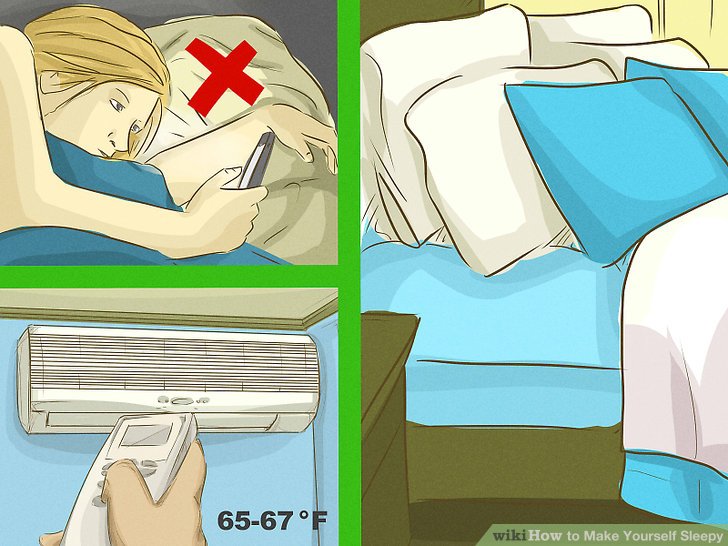 Sleeping nude can also help reduce your body temperature, which leads to better Zzz’s.
Sleeping nude can also help reduce your body temperature, which leads to better Zzz’s.
Got cold feet? If your feet feel like blocks of ice under the covers, it may be a good idea to put socks on. Cold feet cause less blood to circulate in your body, so keeping them toasty may signal to your brain that it’s time to shut down.
For optimum sleep, these techniques can’t work without getting enough sleep. You still need a good sleep foundation.
Sleep deprivation can make you feel terrible. Have a hard time feeling drowsy on the regular or not getting any sleep? If that’s the case, something more serious may be behind your sleep probs.
Some health conditions and scenarios that make it hard to feel tired include:
If you have a hard time getting to bed regularly, it may be time to see to your doc. A healthcare provider can really help you get to the root of the problem. And, help you figure out a long-term treatment plan for a good sleep foundation with CBT (cognitive behavioral therapy).
And, help you figure out a long-term treatment plan for a good sleep foundation with CBT (cognitive behavioral therapy).
Do you spend more time trying to fall asleep than sleeping? You are not alone. Effort only causes an anxiety state that does not allow the brain to relax. And if the brain is not going to sleep, then it is difficult for the body to resist it. But there are science-proven tricks that will help you safely “turn off” the body in a matter of seconds. Let's talk about some of them.
Military method, or How to fall asleep in 10 seconds
Note: the technique described below takes 120 seconds, but, according to observations, it is the last 10 seconds that are decisive.
Lloyd Winter's book Relax and Win: Championship Performance talks about a US Navy pre-flight school program that helps pilots fall asleep in two minutes or less.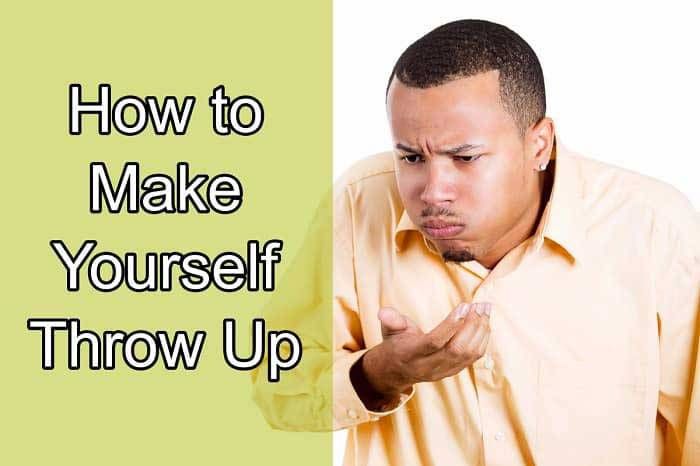 It took six weeks of practice to master the skill, but then it worked even after a cup of coffee or gunshots heard nearby. They say that the method helps even those who have to sleep sitting up.
It took six weeks of practice to master the skill, but then it worked even after a cup of coffee or gunshots heard nearby. They say that the method helps even those who have to sleep sitting up.
Instruction
1. Relax your entire face, including your mouth muscles.
2. Lower your shoulders to relieve tension. Leave your arms hanging down at your sides.
3. Exhale and relax your chest.
4. Relax your legs, thighs and calves.
5. Imagine something soothing and don't think about anything else for the next 10 seconds.
6. If the previous point does not work, say the words "do not think" over and over again for 10 seconds.
7. Here you should already be sleeping.
Didn't work the first time? Then you have to practice for some time to breathe properly and relax your muscles. In addition, the effectiveness of the method can be affected by attention deficit hyperactivity disorder and increased anxiety. Don't despair, we have a few more tips.
Don't despair, we have a few more tips.
Breathing and muscle relaxation, or how to fall asleep in 60 seconds
The next two techniques focus on the breath and muscles, allowing you to take your mind off the thoughts and get back to sleep. For beginners, they may take a little longer, with practice the efficiency increases.
Breathing method 4-7-8
Note: If you have a respiratory condition such as asthma or COPD, check with your doctor to avoid making your symptoms worse.
Instruction
1. Prepare: Raise the tip of your tongue to a spot on the roof of your mouth behind your two front teeth. Keep it there throughout the exercises.
2. Part your lips slightly and exhale through your mouth, making a whistling sound.
3. Close your lips and inhale quietly through your nose while counting to four.
4. Hold your breath for seven seconds.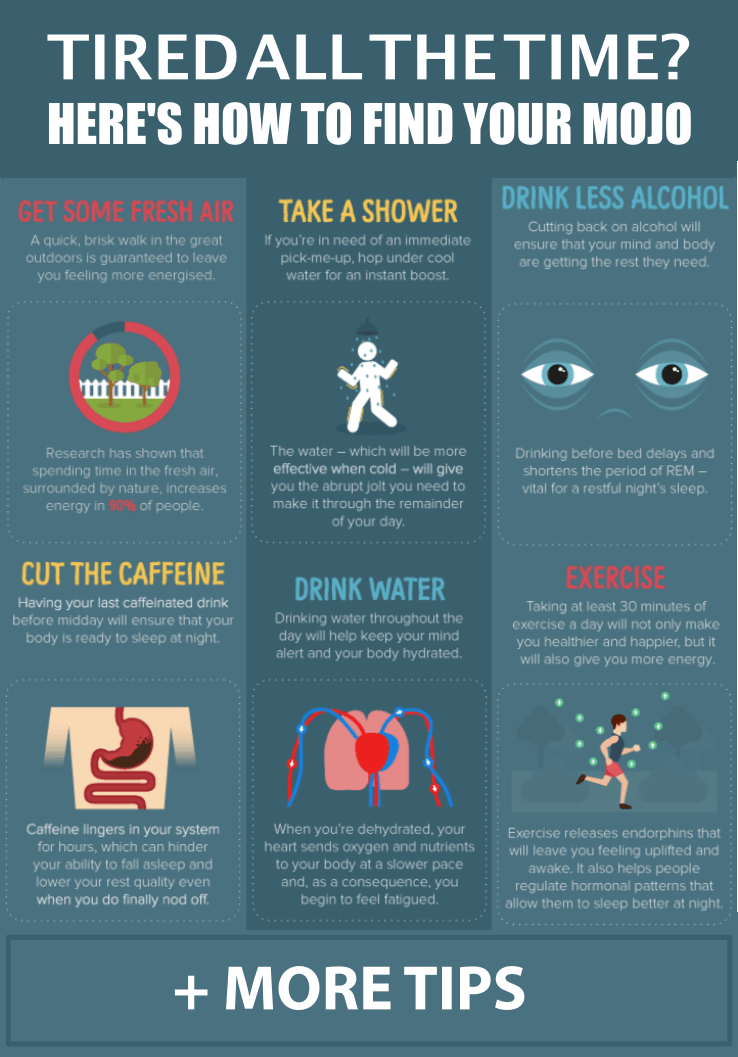
5. Exhale with a whoosh, counting to eight.
6. Repeat four times. Do not get hung up on the accuracy of execution, try to do it thoughtlessly. Let the body fall asleep if you feel that relaxation has come earlier than expected.
great gift
new
great present
Progressive muscle relaxation (PMR)
The point is to tense and then relax the muscles. Exercise helps to achieve calmness in the whole body. Before starting, use the 4-7-8 method, imagining how tension leaves the body when you exhale.
Instruction
1. Raise your eyebrows as high as possible for 5 seconds.
2. Then lower and feel the tension go away. Wait 10 seconds.
3. Smile broadly to feel the tension in your cheeks. Hold this facial expression for 5 seconds and relax.
4. Pause 10 seconds.
5. Squint with closed eyes. Hold for 5 seconds and relax.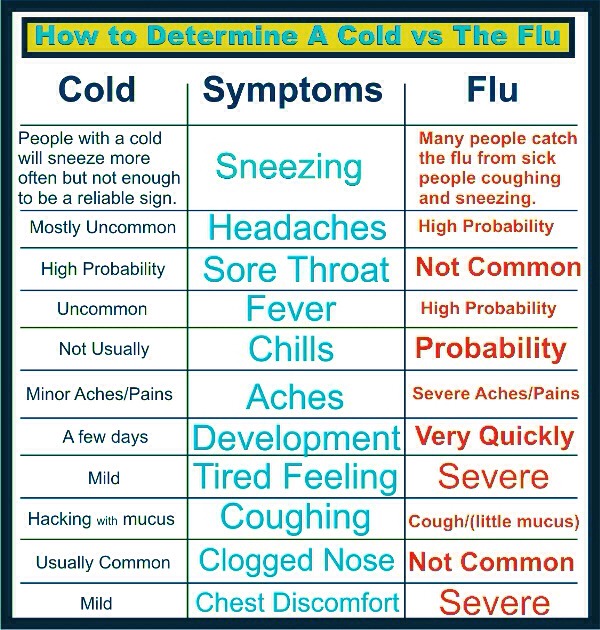
6. Pause 10 seconds.
7. Slightly tilt your head back so that you can comfortably look at the ceiling. Hold for 5 seconds, and then relax and lower your neck onto the pillow.
8. Pause 10 seconds.
9. Continue to tense and relax the muscles in the same pattern, moving down - from the triceps to the chest, from the hips to the feet.
10. Allow yourself to fall asleep, even if you don't make it to the end.
While doing the exercise, focus on how relaxed and heavy your body feels when you feel good and comfortable.
Heavy artillery, or How to fall asleep in 120 seconds
If the previous methods didn't work, try these.
Forbid yourself to fall asleep
Surprisingly, such a paradoxical intention can be a good way. For those who suffer from insomnia, trying to sleep increases their anxiety levels. As soon as you stop forcing yourself, you relax and fall asleep.
Imagine a peaceful place
If counting is too active in your brain, try using your imagination. In a 2002 study, Oxford University researchers found that people who did this fell asleep faster than those who simply tried to relax and received no guidance.
Instruction
Instead of counting sheep, try imagining a peaceful environment and the sensations associated with it, such as a waterfall, rushing water, an echo, the smell of wet moss. It is important that this image is imprinted in your brain and replaces the kaleidoscope of thoughts and worries.
Acupressure
While there is not enough research to say that acupressure works 100%. However, it is a very promising technique.
One method is to apply pressure to areas where there is particular tension (upper bridge of the nose, temples). There is also a set of exercises for insomnia. Some of them can be done in the supine position.
"Spiritual Gate"
1. Find a small hole on the inside of the wrist from the side of the little finger.
2. Gently press it in a circular motion for 2-3 minutes.
3. Press lightly on the left side of this point (facing the palm) for a few seconds, and then hold the right side (turning the palm away from you).
4. Repeat the manipulations with the other hand.
"Inner border gate"
1. Turn your palm over to your face and place three fingers down from the crease of your wrist.
2. With your thumb, apply even pressure to this point midway between the two tendons.
3. Massage in circular motions until you feel muscle relaxation.
Pool Wind
1. Put your palms together and open them to form a kind of bowl.
2. Then put your hands in this position to the base of the skull from behind so that the thumbs touch the junction of the neck and head.
Then put your hands in this position to the base of the skull from behind so that the thumbs touch the junction of the neck and head.
3. Apply deep and steady pressure to the area, massaging it in a circular or upward motion.
4. Breathe deeply and notice how your body relaxes as you exhale.
Maximum training
If you have tried these methods and still cannot fall asleep within two minutes, check the following points:
- hide the clock
- Take a warm shower before bed
- open a window to ventilate the room,
- put on socks
- practice soft yoga for 15 minutes,
- put the phone away from the bed,
– arrange an aromatherapy session with lavender, chamomile or sage oils,
Eat dinner early to avoid stomach stimulation before bed.
Also, check the noise level in the bedroom: hang blackout curtains, turn on white noise, put in earplugs.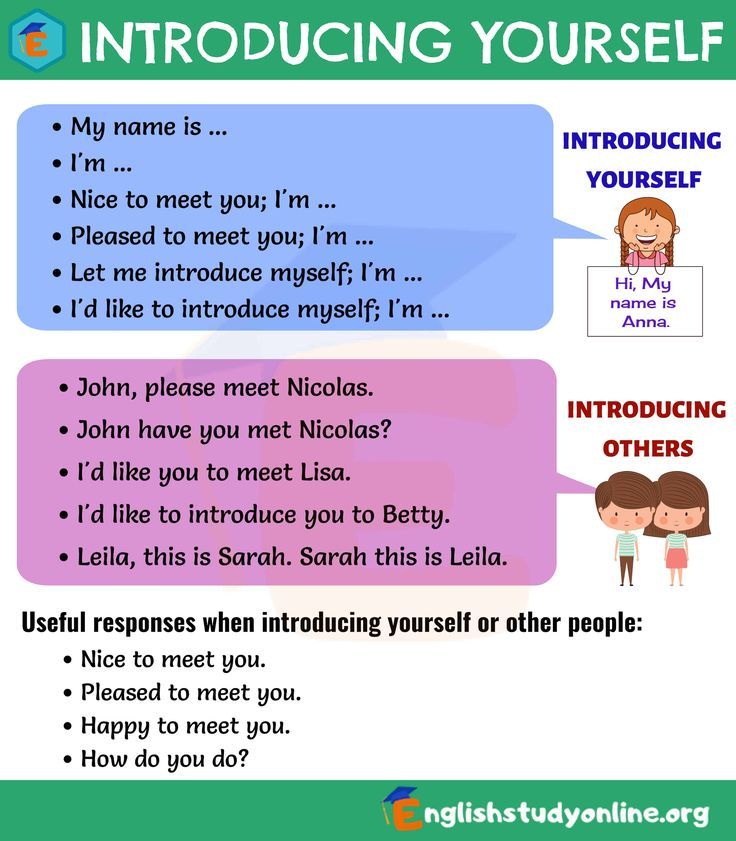 A lot depends on the mattress, pillow and blanket. Blue Sleep products are designed in such a way as to provide the most natural anatomical position of the spine and remove excess heat. Independent springs will protect against pushing and bouncing if your partner rolls over or gets up.
A lot depends on the mattress, pillow and blanket. Blue Sleep products are designed in such a way as to provide the most natural anatomical position of the spine and remove excess heat. Independent springs will protect against pushing and bouncing if your partner rolls over or gets up.
Once you've done all of these things and are as comfortable as possible, go back to the military method or the 4-7-8 breathing pattern and you'll see it works.
March 7 Life
Proven methods to quickly relax and turn off thoughts before sleep.
Strictly speaking, this method takes more time, but it is the last 10 seconds of exercise that should put you to sleep. Initially, it was developed for the military, who need to fall asleep in conditions that are not the most suitable for this. They say that it took them six weeks to train, but then they could sleep as they liked: sitting, with the sounds of shelling, and even after drinking coffee.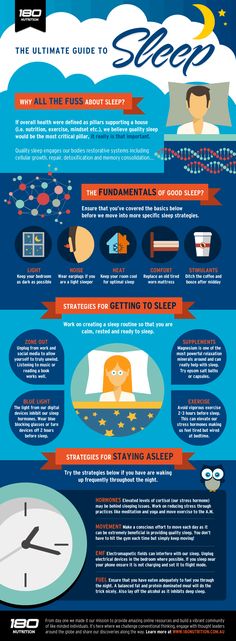
Here's what to do after you're comfortable in bed:
You should fall asleep in the next 10 seconds after doing these steps.
The breathing technique called "4-7-8" will help with this. At first, you may need more than 60 seconds, but gradually you will train to fall asleep during this period.
First, place the tip of the tongue so that it rests on the palate behind the two front teeth. He must be in this position at all times.
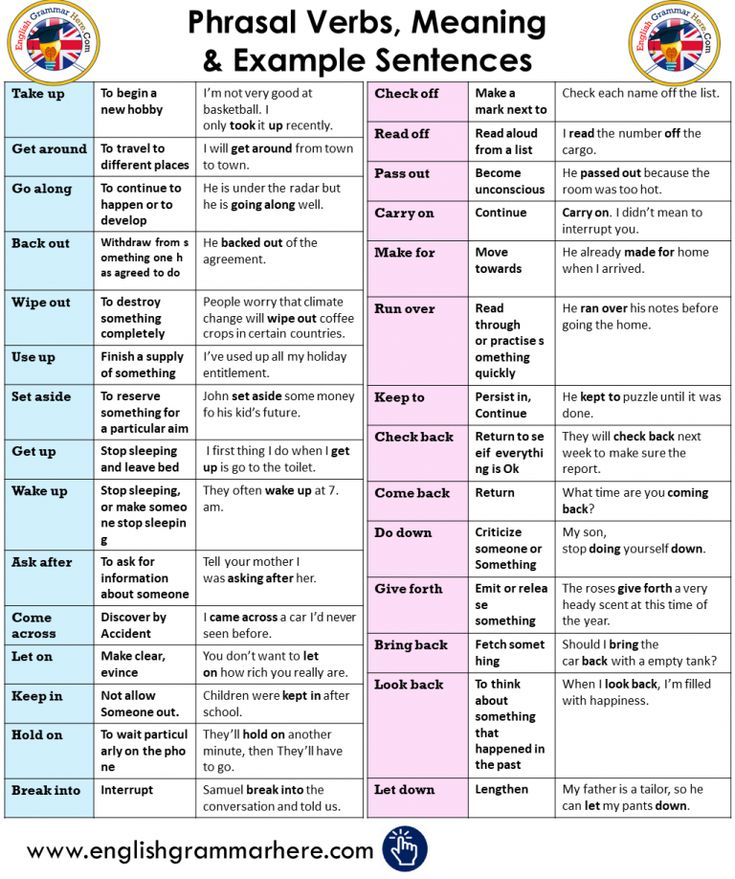 As you do so, mentally count to four.
As you do so, mentally count to four. Do four breaths in this way. If you feel ready to fall asleep after the second or third, don't force yourself to continue.
If you have any respiratory condition, it is best to consult your doctor before trying this technique. Or choose other options.
In this exercise, you first tense and then relax your muscles. This will help you feel the tension leaving your body. After you have relaxed one muscle group, concentrate on the pleasant sensations for a few seconds, and only then move on to the next part of the body.

In the process, you will feel sleepy. If you did not have time to work out all the muscles and fell asleep, it's okay. In the event that after this exercise you still can not sleep, do one of the following.
Paradoxically, this helps you fall asleep faster. This method is recommended for people suffering from insomnia, and, according to research, it really works. Try it if you usually get nervous about not being able to sleep.
If your brain is too active due to the need to count in the previous exercises, try turning on your imagination instead of counting. According to scientists, people who use images to relax fall asleep faster than those who simply try to distract themselves from thinking.
According to scientists, people who use images to relax fall asleep faster than those who simply try to distract themselves from thinking.
Try to visualize in detail the peaceful place and the emotions you have when you are in it. For example, imagine a waterfall in a forest. Imagine the sound of running water, the singing of birds, the smell of wet grass. The place can be real or fictional. The main thing is that this image occupies all your thoughts, not letting thoughts about business or worries about tomorrow seep into your head.
These methods will help you fall asleep faster, but there are additional ways to make falling asleep easier. They are worth including in your evening ritual, no matter what exercise you choose.
